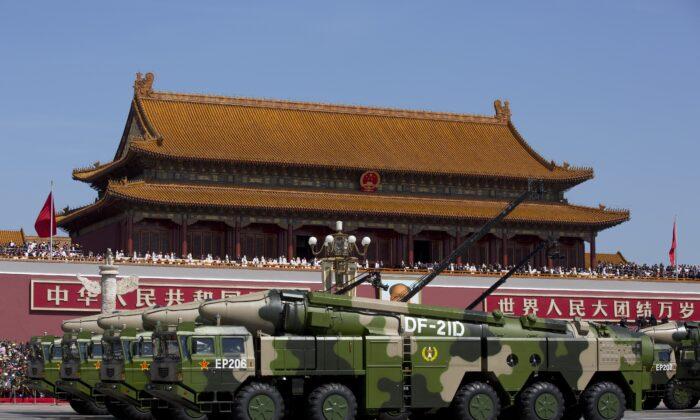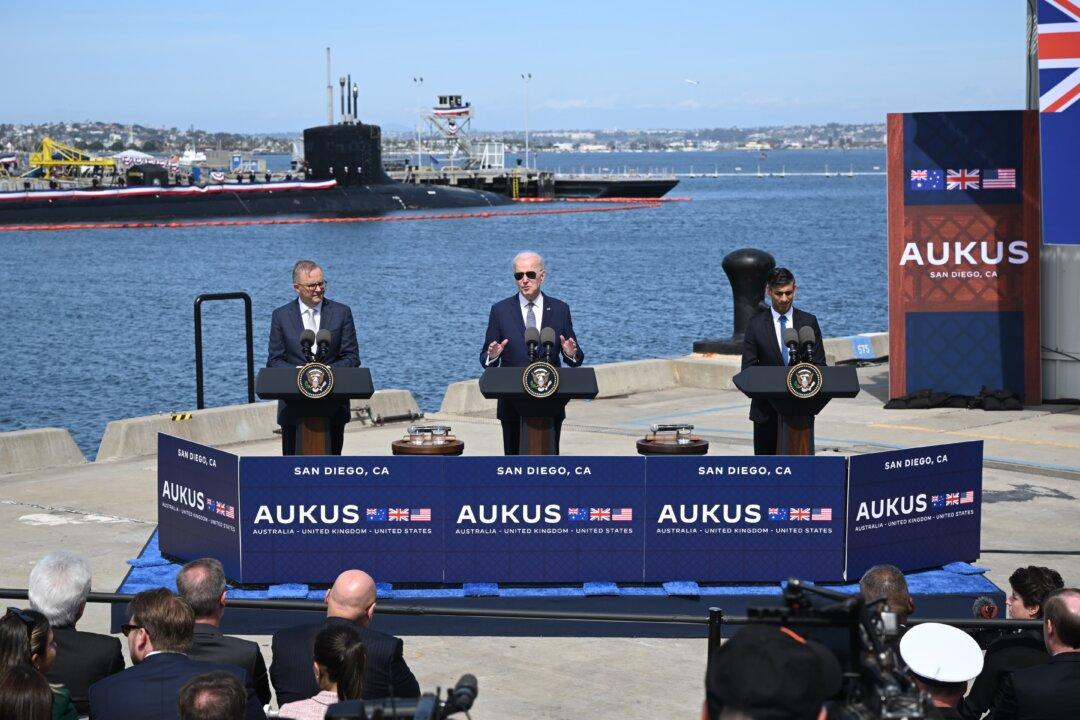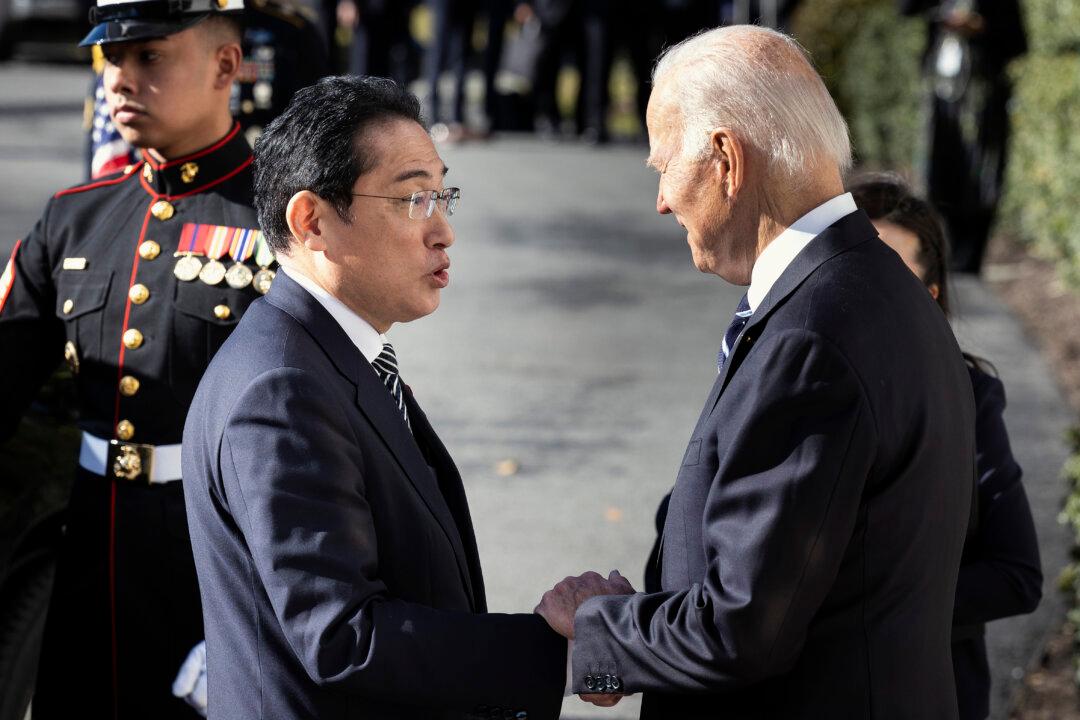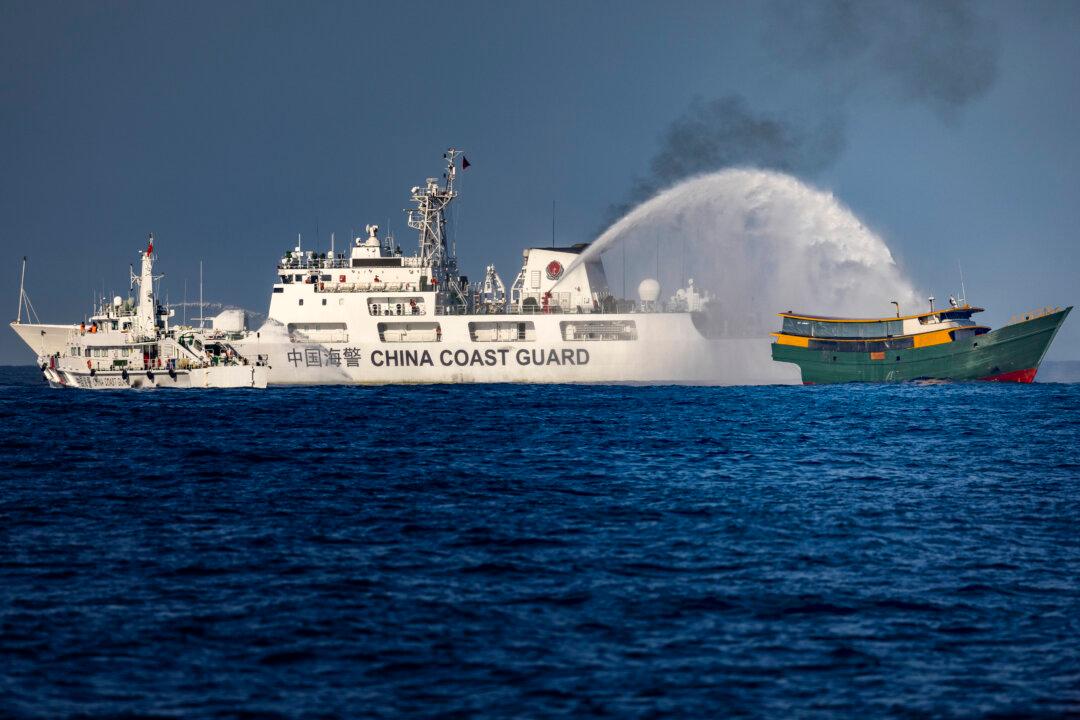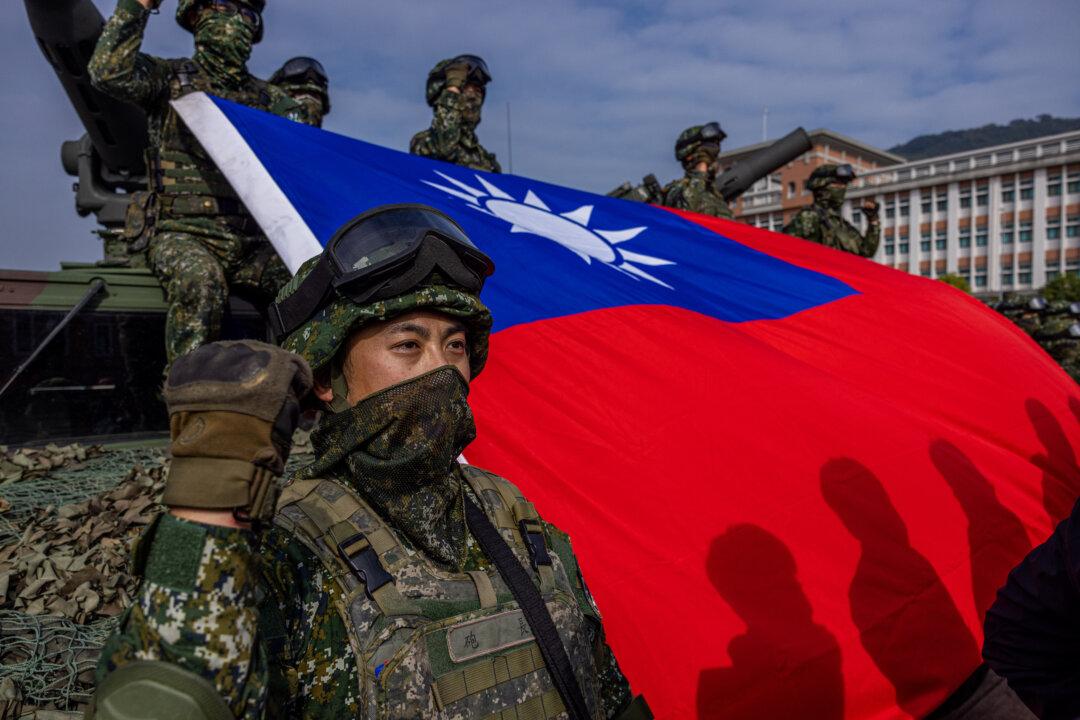It’s that time of year when China announces its defense budget. In 2022, defense spending is set to increase 7.1 percent (1.45 trillion yuan, or $230 billion) after 2021’s 6.8 percent rise and a 6.6 percent increase in 2020.
But these figures are almost meaningless. Perhaps Beijing only issues them as a favor to the Pentagon and U.S. think tanks.
How’s that?
In the United States, a defense budget works as follows: Congress authorizes a certain amount of money to be spent on “defense,” say $728.5 billion. The Department of Defense and the military services then have to live within that amount. If they overspend, they’re “Out of Schlitz,” to borrow an old beer commercial jingle. And they’ll have to wait until the next year, or else beg for something extra.
It’s not so different from our personal budgets and how we manage our income and expenses.
So it sounds familiar to us when China announces that it’s spending a certain amount on defense. Analysts will argue over the “true” figure and whether there are “defense-related” expenditures that don’t go into the official figure. And they’ll try to adjust for the fact that things don’t cost the same in China as they do in the United States.
But it’s basically the same idea: The People’s Liberation Army (PLA) gets a certain amount of money and has to live within its means, just like the U.S. military.
Or so one might think. But in fact, it’s different in China.
In the United States, the secretary of defense goes to the Senate Armed Services Committee and asks, “How big is our budget this year?” The answer: “$728.5 billion.”
In China, the top dog in the PLA goes to the Central Military Commission (atop which sits Chinese leader Xi Jinping) and asks, “How big is our budget this year?” The answer: “As big as you want it to be.”
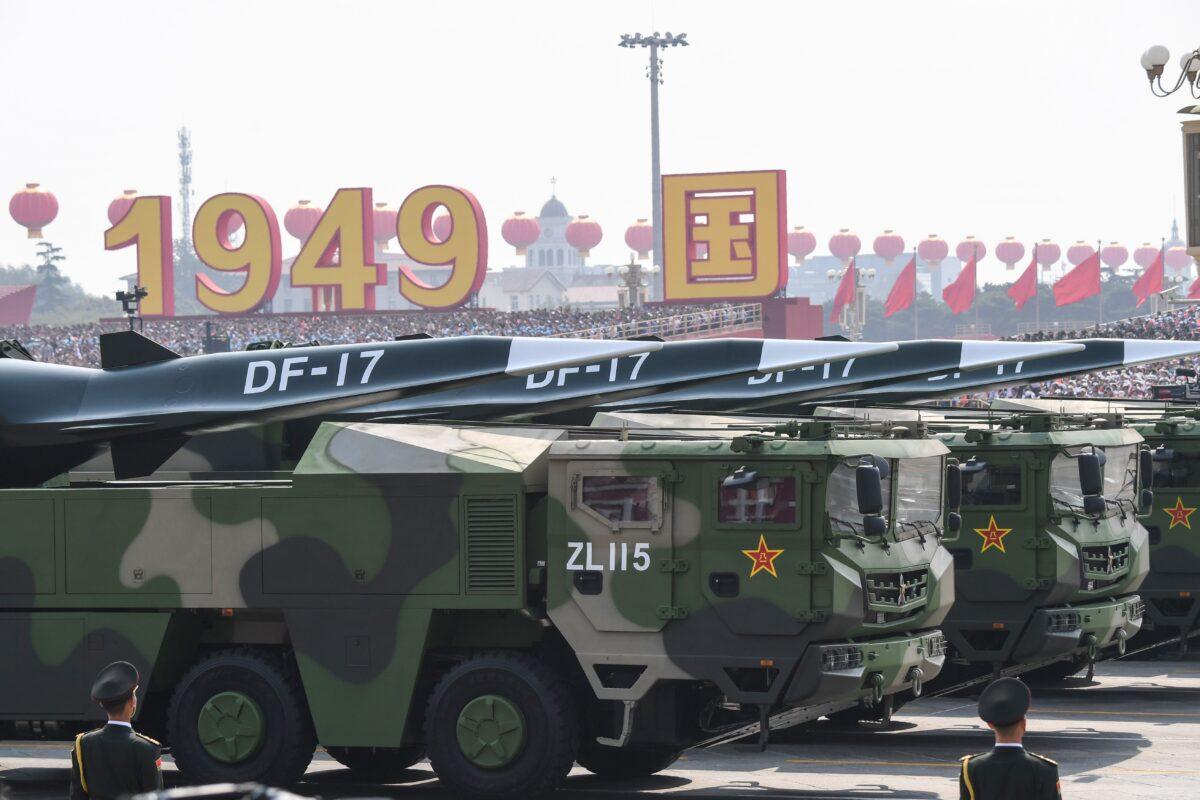
In other words, the Chinese regime will spend whatever amount it takes, over as many years as needed, to build a military that can defeat the United States. And Beijing has been clear about its desire to vanquish the Americans for many years, even if too many U.S. experts—civilian and military—have refused to believe it.
One Western observer with several decades of experience in China describes how to consider China’s defense spending. He wrote the following in a recent email:
“Think of the Chinese Communist Party [CCP] as the national central account holder for all of its departments: agriculture, power, coal, education, PLA. The Party funds what needs to be funded—on an ongoing basis allocating funds to where party policy priorities are during any given period. It is a continuous process, not an annual budget that you spend until next year’s budget kicks in.
“Remember, all expenditures in China are in non-convertible yuan. There are 12 regional printing centers that provide whatever funding is needed this week, this month, this year.
- Salaries—print yuan;
- Equipment from Chinese equipment suppliers—print yuan;
- Bombs, guns, bullets from Chinese suppliers—print yuan;
- Uniforms, boots, helmets, belts, caps, underwear (South China Sea island forces were just issued a new fabric tropical underwear) made in China—print yuan;
- Pensions and payments to retirees—print yuan;
- Whatever the PLA needs that is supplied domestically—print yuan.”
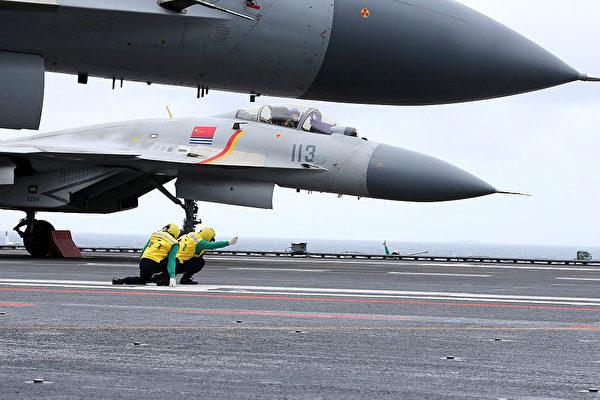
Defense is the top priority for the CCP—and there are no Chinese Bernie Sanders or Green New Dealer types who will complain about the defense budget. And once the PLA can outmatch the U.S. military, every other nation will fall into line. That’s worth almost any price.
There’s a limit to defense spending, however. Anything that’s needed from overseas—such as iron ore to build steel, technology, “dual-use” equipment and technology, and landing and stevedoring fees for PLA aircraft and ships stopping off at overseas ports and airfields—all must be paid for in a currency that’s convertible (that a foreigner will accept), which the yuan isn’t.
To sum up, while the CCP can print up whatever cash it needs for domestic military expenditures, it needs to obtain convertible currency to pay for overseas expenses.
So there are effectively two different defense accounts—one that’s domestic and more or less unlimited and one that’s overseas and dependent on available foreign exchange.
The latter should be a problem for Beijing. The CCP doesn’t have anywhere near the foreign exchange it needs to meet its total expenses—or at least it shouldn’t.
But with U.S. and foreign financial firms pouring billions of convertible currency (somebody else’s) into China every year, and foreign business investing in the country and chasing their own “China dream,” the CCP has enough to pay for defense.
Thus, U.S. defense spending versus China’s is something like: “You’ll spend what you’re allocated” versus “We'll spend what we need to defeat the Americans.”
And there’s more to worry about.
Retired U.S. Navy Capt. James Fanell, former head of intelligence for the U.S. Pacific Fleet, said that regardless of the amount China actually spends, it’s essential to consider what China is actually producing with its defense spending.
“In 2021, despite a reduced PRC [People’s Republic of China] GDP growth rate due to the lasting effects of the virus from Wuhan, the CCP’s priorities were again focused on the PLA, which saw an increase of 6.8% from 2020,” he wrote in an email on March 11.
By comparison, Fanell said, in fiscal year 2022, the United States spent 3.1 percent of its GDP on defense, while China (according to Beijing’s figures) spent a scant 1.7 percent of its GDP. Yet the CCP’s propaganda continues to beguile Western defense experts who “keep talking about everything but the one metric that matters: the actual military hardware that is produced.”
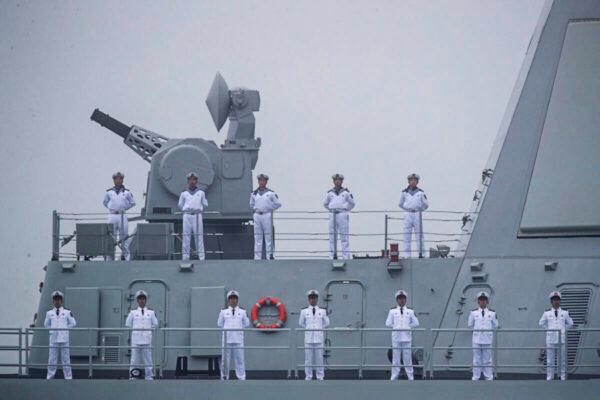
“For instance, in 2021 the PRC commissioned seven times as many warships and submarines than did the US (22 to 3)—despite (the Americans supposedly) spending three times as much money,” he wrote.
“So not only does the PRC get more return on investment (ROI) in overall defense spending, we have a Biden administration that has effectively cut the growth of the defense department spending when inflation is taken into account. While the administration is long on rhetoric about the PRC being a pacing-threat, the fact is that resources to build a credible deterrent force are unable to keep pace with the PLA that Beijing has been churning out for over 20 years.
“The ROI mismatch isn’t just about dollars spent, but is also about serious DoD [Department of Defense] acquisition reform. In that regard, we have a Secretary of Defense that spends more time talking about the existential threat from climate change and the integration of transgender members than systematically cleaning up the past three decades of a defense industry designed and funded for killing terrorists in the deserts of the Middle East.
“Instead of building the force that can take on and defeat a peer adversary like the PLA, DoD leaders are rudderless when it comes to restructuring the Pentagon and getting more bang for the buck. Instead, the current crop of political appointees and careerists spend more time and energy on non-warfighting domestic political rhetoric. As I noted last year, America needs supersonic and long-range ASCMs [anti-ship cruise missiles] that will sink the PLA Navy invasion Fleet. Where are they? The Pacific Fleet has been pleading for them in large numbers for almost two decades.”
Meanwhile, China keeps spending whatever it takes to defeat the United States. And it won’t run out of yuan. Wall Street and industry appear to be willing to make sure it has the U.S. dollars it needs to round things out.
Now, that’s a defense budget with Chinese characteristics.
